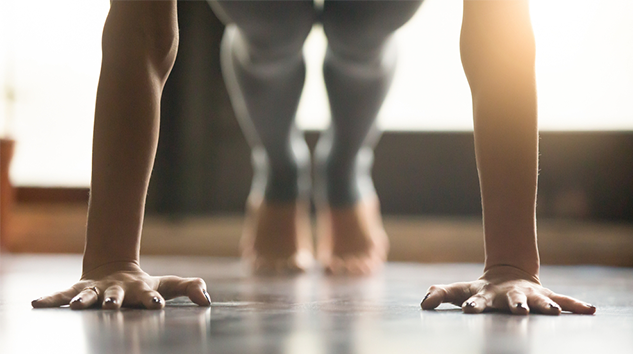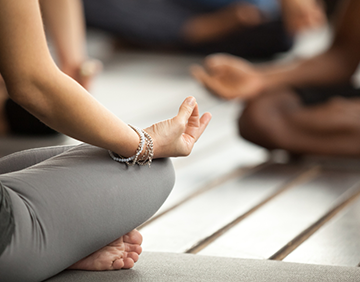Mindful Yoga at its heart is about reducing suffering and increasing comfort in our lives. Yogic literature is rich with metaphors concerning the sensations we experience. The prana, chakras and energetic systems alluded to in yoga describe a vibrant system of flowing energy and of centres of particular quality and experience. If we believe these as a separate energetic system rather than metaphors for experience (which is how writer Peter Blackaby sees it) we can become caught in the trap of looking for predetermined experience and the danger here is that we then get led away from our own actual experience. According to Antonio Damasio sensation is evolution’s answer to homeostasis. If that is the case, we would be wise to pay attention to what those sensations are trying to tell us rather than try to interpret them through the prism of a cultural lens. Is it a feeling of pressure? Is it painful? Is the sensation one of effort or tension? Is the movement smooth or ragged?
Asking questions like these help us to navigate the world we inhabit. Peter Blackaby goes on to argue that questions about whether we like or dislike a movement, whether it gives us joy or pain, are the wrong questions in this context. These are psychological values we place on what we are doing. They may be very important in a different setting – I may dance for joy, for example, or suffer in my marathon run, but these are performance and exercise, not Mindful Yoga. What I mean by Mindful Yoga is Yoga more concerned with perceiving sensation and our response to it. Very different from western type gym Yoga more concerned with striving and performance . This Yoga exotica may look good on Instagram but has little to do with discernment . Both performance and exercise have important places in our lives but what call mindful yoga sets out to reduce suffering and to do that we have to be able to discriminate sensation and respond appropriately. It is a different subject to exercise and performance – not better not worse, simply different.
There is perhaps one other body modality I have not mentioned and that is play, and here the motivation is to have fun, to do things with the body for the pure enjoyment of it all. It is the way most animals get to know their bodies. They rough and tumble, run and jump. All bets are off during play – anything goes – and in testing the body out you find out what it can do.
The lines between exercise, performance, play and yoga are often very blurred with plenty of overlap between them. What is significant in all of this is intention: are you setting out to affect structure, improve a skill, have fun or discriminate between sensations and modify your response? If we take the latter approach in yoga two things begin to emerge. Firstly, we realise life is a completely embodied experience, with all sensation arising in the body; and the more we notice sensation rather than the value we put on it, the more we begin to calm down – not because we are trying to dissociate and distance ourselves from our feelings but because we are noticing them for what they are rather than what we believe them to be. Secondly, the reflective part of yoga – the thoughtful, ‘top-down’ part that asks ‘What shall I do with these sensations?’ – steps in, its attention caught by sensation the mind then has to figure out how to proceed. If our sensations are not heard or noticed we tend to respond reflexively in the way we always have and then we should not be surprised if the same suffering arises, be it more mental or physical. However when we really start to pay attention to the sensations that arise within in us and get better at responding earlier we may find life starts to feel a little less complicated.
Please see Mindfulness Now CPD listings – for more details on this year’s event or contact me for further information.
Aston Colley
BWY Yoga Teacher, Mindfulness Now Oxford Leader . D Hyp HPD.
Email: aston@mindfulnessnowoxford.org.uk
www.mindfulnessnowoxford.org.uk










